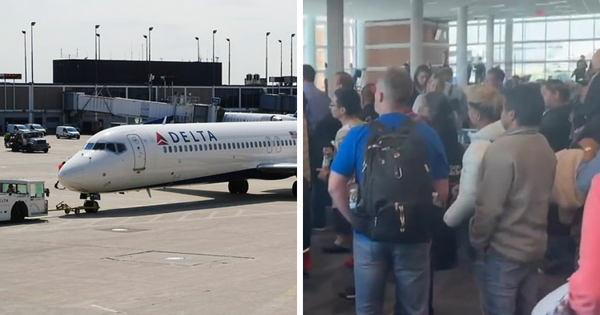
Owner-occupier buyers in Victoria could benefit from an investor sell-off that has been gathering momentum alongside falling house prices, an expert says.
Data from Victoria’s Department of Families, Fairness and Housing revealed the number of rentals fell by almost 25,000 – or 3.6% – across the state over a year.
It came as CoreLogic recorded a fall in Australian property prices for the first time in almost two years. And, despite Victoria’s shrinking rental market, rental prices in Melbourne have also fallen over the past six months, the research body says.
Eliza Owen, CoreLogic’s head of research, said rental properties being bought by owner-occupiers could be contributing to the reduction in rentals, but added there was limited regular data available on the level of home ownership.
She pointed to September figures from the Australian Bureau of Statistics which showed Victoria accounted for the largest share of first home buyer finance.
“It could point to owner occupiers being more active in this market than investors,” she said.
“Melbourne is a good buyer’s market for those that are interested in owning their own home. Values are down about 6.5% from a peak in March of 2022. It might not sound like much, but it’s about a $53,000 drop in the median dwelling value across Melbourne since that peak.”
According to the Victorian government data, the number of active rental bonds fell from 677,492 in September 2023 to 652,766 in 2024 – suggesting a loss of 24,726 rentals in the space of a year. The data was first reported by the ABC.
Owen said renters moving into share houses could also contribute to a reduction in active bonds.
“It’s interesting to see that the rental stock, or at least the active rental properties, appears to be shrinking around a time when rents are also falling in Melbourne,” she said.
“It does suggest that investors are leaving the market. It doesn’t seem to be having that upward pressure on rents in the short term.”
Owen said it was unclear if a decline in rent values would decrease in 2025. She added that while rental prices dropped in the December quarter, they had increased year-on-year, by 4.1% compared with the start of the pandemic.
Rising holding costs, the sate government’s land tax changes and higher interests were contributing to investor sell-off, Owen said.
CoreLogic data released on Thursday showed rent values decreased across all Melbourne dwellings by 0.5% in the December quarter.
Owen said a decline in migration could also be contributing to a decrease in renting households.
“Melbourne’s population growth is very dependent on overseas arrivals, which are normalising since a peak in early 2023 and so that’s also probably taking some of the demand pressure off the rental market,” she said.
Meanwhile CoreLogic recorded a 0.1% monthly decline in national home values in December – the first time in almost two years.
Michael Fotheringham, managing director at the Australian Housing and Urban Research Institute, said the slight downturn was not a “meaningful change”.
“We have seen a general trend for the increases in house prices to slow down over the last 12 months,” he told the ABC.
“We’re heading towards the point where things are starting to level off, particularly in the two largest cities in Melbourne and Sydney.”
Perth recorded the largest property price increase in December at 0.7%, while Adelaide’s market rose by 0.6% over the month, and Brisbane 0.5%. Darwin reported a 0.4% increase.
All other capitals recorded price decline, with Sydney down 0.6% and Melbourne 0.7%. Dwelling values were down 3% in Melbourne across 2024.







